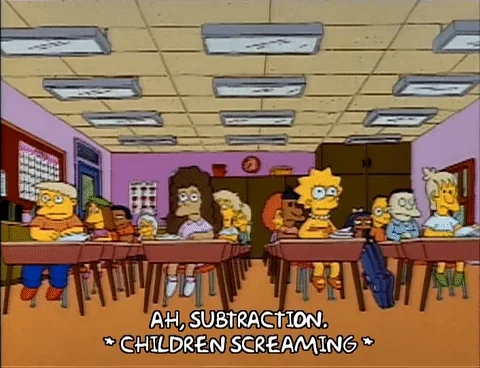 Do you have a classroom full of elementary students who are struggling with whole number subtraction?
Do you have a classroom full of elementary students who are struggling with whole number subtraction?
There's something about "taking away" that seems to stump students.
Ready to boost your students' subtraction skills? Give these three engaging methods a try!
Vedic Subtraction Method: All from 9 and the Last from 10
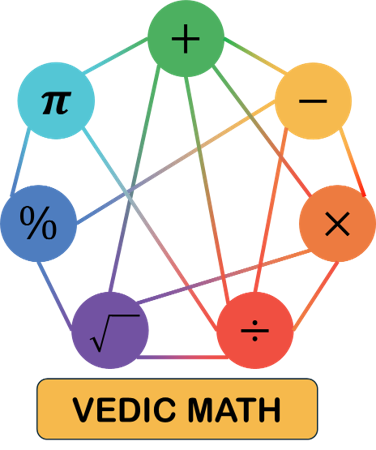 Image created by Wendy F. McMillian
Image created by Wendy F. McMillian
Vedic mathematics is an ancient system of Indian mathematics. According to the research of spiritual leader Sri Bharati Krsna Tirthaji, "all mathematics is based on sixteen Sutras," Sanskrit phrases that capture the mathematical principle or calculation.
Think of Sutras as mnemonics or memory aids that help students with the mental processes of mathematics. Kind of like our modern PEMDAS or GEMS!
You'll only need a few Sutras to do whole number subtraction.
 One particularly helpful Sutra is "All from nine and the last from 10." In this Sutra, you will subtract all numbers from 9, but subtract the last number from 10.
One particularly helpful Sutra is "All from nine and the last from 10." In this Sutra, you will subtract all numbers from 9, but subtract the last number from 10.
Here's an example:
While this isn't an actual equation, it shows the Sutra of subtracting the first two numbers (8 and 7) from 9 and the last (6) from 10.
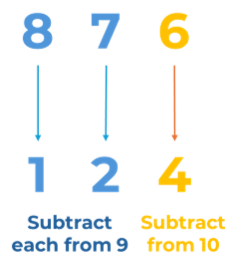 Image created by Wendy F. McMillian
Image created by Wendy F. McMillian
 This is the same as "borrowing", when you borrow one from 8 and then from 7.
This is the same as "borrowing", when you borrow one from 8 and then from 7.
Here's a side-by-side example:
All from 9 and the last from 10: 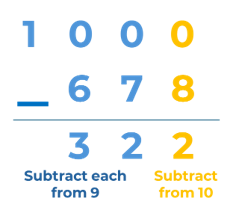 Image created by Wendy F. McMillian
Image created by Wendy F. McMillian
6 and 7 are subtracted from 9, and 8 is subtracted from 10
Traditional subtraction with borrowing: 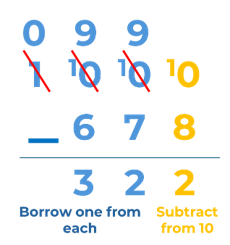 Image created by Wendy F. McMillian
Image created by Wendy F. McMillian
One is borrowed from each digit (sometimes twice) to allow for subtraction.
It may be easier for students to remember all from 9 and the last from 10 than to remember what to borrow and from where.
What happens when the first digit isn't a value of 10? In this case, students will use the one-less Sutra. They take one way from the first digit of the minuend (the number being subtracted from), then apply all from 9 and the last from 10 to the other numbers.
Like this... 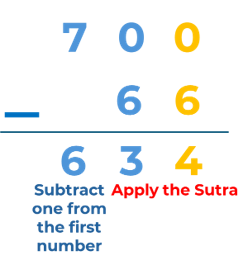 Image created by Wendy F. McMillian
Image created by Wendy F. McMillian
Watch this video for a detailed explanation:
Vedic Subtraction Method: By Addition and By Subtraction
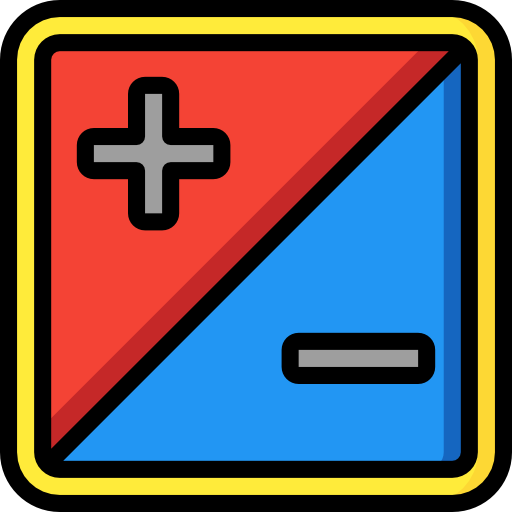 "By addition and by subtraction" is another Sutra worth exploring. Students can solve whole-number subtraction problems easily by using both addition and subtraction.
"By addition and by subtraction" is another Sutra worth exploring. Students can solve whole-number subtraction problems easily by using both addition and subtraction.
This method is helpful when the subtracted numbers are close to a base number.
Here are the steps:
Let's subtract 99 from 777.
99 is one away from 100. If we add 1 to 99 to get 100, we can easily subtract 100 from 777.
777 - 100 = 677
But 100 subtracts too much, so we must add 1 to our final answer to get the correct answer of 678.
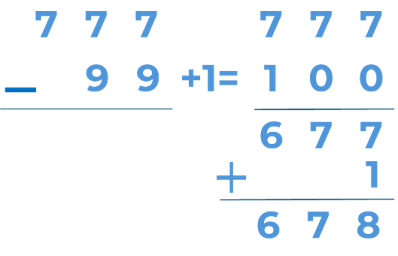 Image created by Wendy F. McMillian
Image created by Wendy F. McMillian
This Sutra can be used to subtract numbers near any base.
Singapore Subtraction Method
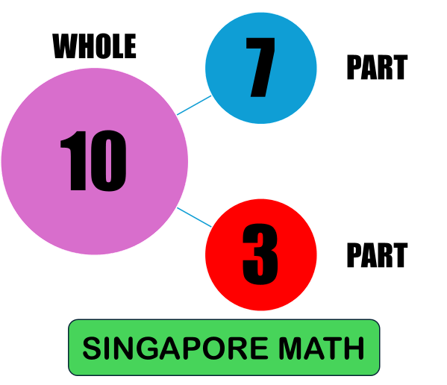 Image created by Wendy F. McMillian
Image created by Wendy F. McMillian
Singapore math originated in the country's Ministry of Education. It focuses on:
Number calculation
Spatial visualization
Reasoning
It uses pictorial abstract progressions, part-to-whole number sense, bar models, and mental mathematics.
Singapore math can solve whole-number subtraction problems by breaking apart numbers for easier subtraction.
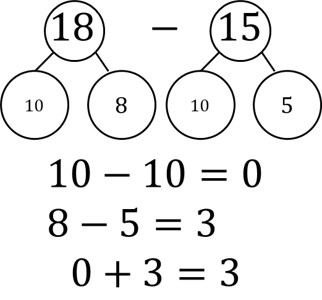 Image created by Wendy F. McMillian
Image created by Wendy F. McMillian
Like this:
18 - 15 becomes an easy whole-number subtraction problem when you break apart 18 into 10 + 8 and 15 into 10 + 5.
Subtract the tens to get 0, then subtract five from 8, and arrive at the correct answer of 3!
Here's a more challenging one!
Break 67 apart into 60 + 7 and 25 into 20 + 5.
Subtract 20 from 60 and 5 from 7 to get the correct answer of 42!
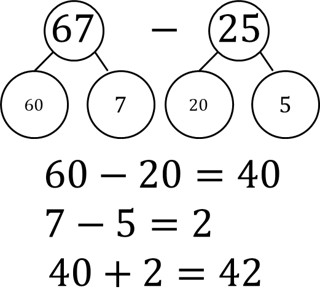 Image created by Wendy F. McMillian
Image created by Wendy F. McMillian
Numbers don't always have to be broken into tens and ones. Number bonds are pairs of numbers that add together to make a "whole" number, like 3 + 4 = 7 or 2 + 3 = 5.
As long as you're using a number bond, you can break any number into the parts that add together to make that number.
Place Value Subtraction
Using a chart...
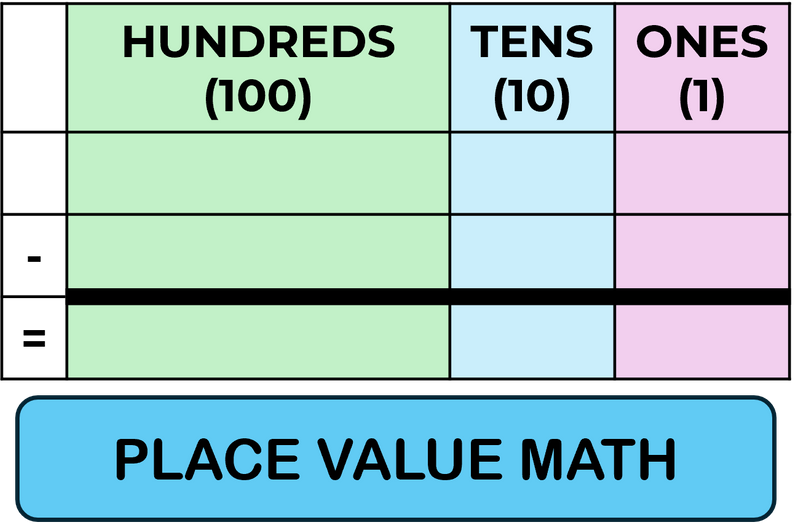 Image created by Wendy F. McMillian
Image created by Wendy F. McMillian
Place value math uses the basis of our number system for whole number subtraction. With this method, students will subtract each digit's value based on its position in a number.
Like this...
Let's subtract 123 from 475:
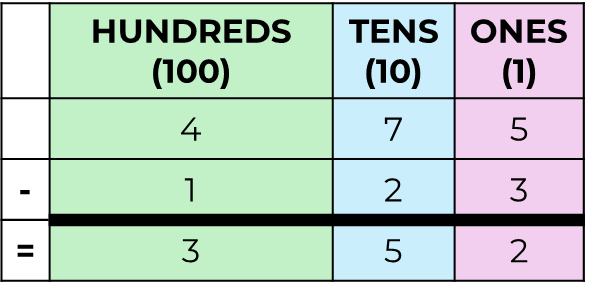 Image created by Wendy F. McMillian
Image created by Wendy F. McMillian
Students could use a column like this to write the values of each digit. Each column is subtracted as a place value:
3 from 5 (ones)
2 from 7 (tens)
1 from 4 (hundreds)
Using place value blocks...
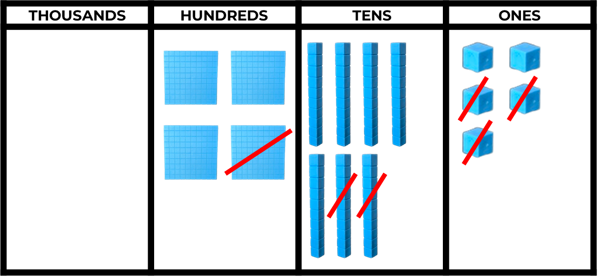 Students could also visualize this whole number subtraction method using place value blocks,as shown above.
Students could also visualize this whole number subtraction method using place value blocks,as shown above.
When using place value blocks, you only need to represent the number being subtracted from ("minuend"). Subtract blocks represented by the "subtrahend" (the number you're subtracting) by crossing out or removing them from the board.
Using the case above:
Students place the number 475 in the columns using blocks and then subtract (remove or cross out) 123.
Three ones, 2 tens, and 1 hundred are crossed out, leaving 352 as the answer.
You could also use buttons or other counters as place value holders within a place value chart. Have students draw out a chart on their paper like the one shown above, or create their own table.
Quiz
A student is given the subtraction problem 165 - 137. They use place value blocks and realize that 5 is too small to take 7 from. Which step(s) would be correct when telling the student how to solve this problem?
Take Action
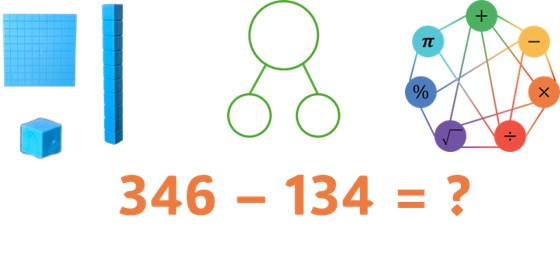 Which method should you use to teach students whole number subtraction? Each process is unique:
Which method should you use to teach students whole number subtraction? Each process is unique:
Do your students struggle with borrowing? Use the Vedic methods — especially all from 9 and the last from 10.
Do they struggle with number relationships? Use the Singapore method.
Maybe they're struggling with place values? Use the place value chart and block method.
But each method will help build strong subtractors!
If you need additional help with teaching whole number subtraction or using any of these methods, visit these sites to learn more:
Your feedback matters to us.
This Byte helped me better understand the topic.
